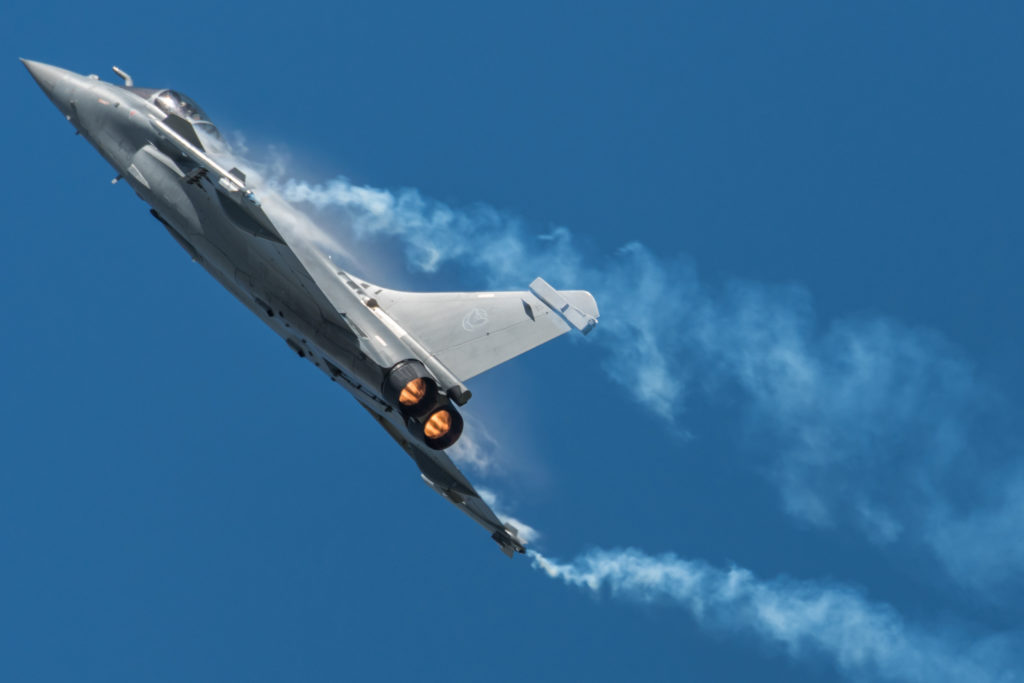Estimated reading time 3 minutes, 39 seconds.
Dassault Aviation has apparently withdrawn the Rafale from contention to replace Canada’s fleet of CF-188 Hornet fighter jets, according to media reports and sources.

Citing industry and government sources, The Globe and Mail and Toronto Star reported Tuesday that the French aircraft manufacturer had sent a letter to Public Services and Procurement Canada (PSPC) notifying the federal acquisition department of its decision to withdraw from the program.
Dassault did not respond to requests for confirmation before this article was published.
However, PSPC told Skies in a Nov. 7 email that it has not been officially notified of any supplier’s intention to withdraw from the process.
Both newspapers reported Dassault had based its decision in part on difficulties meeting a requirement to integrate with Canadian and American intelligence sharing networks, critical to the conduct of both countries’ NORAD mission.
In presentations to industry since the Future Fighter Capability Project was relaunched in December 2017, defence officials have emphasized interoperability with the Two Eyes (Canada, United States) and Five Eyes (Canada, United States, United Kingdom, Australia and New Zealand) networks. Though France is part of the NATO secret network and the Rafale has participated in recent NATO missions, the required level of data encryption was suggested as a possible barrier to the Dasault bid, said a source.
France and Dassault were among five teams selected in January to bid for the project. The others are the U.S. government-backed F-35A Joint Strike Fighter and F/A-18E/F Super Hornet, from Lockheed Martin and Boeing, respectively; the U.K. and Northern Ireland offering of the Eurofighter Typhoon; and Sweden’s Saab JAS 39 Gripen.
In an interview with Skies earlier this year, MGen Alain Pelletier, chief of fighter capability, said intelligence-sharing requirements would not preclude any of the contenders. He noted that both the Typhoon and Rafale had recently participated in the Atlantic Trident 17 exercise with the U.S. Air Force F-22 Raptor to advance interoperability among the aircraft.
But he said the Two Eyes and Five Eyes information sharing agreements provide the Royal Canadian Air Force with “mission data files that inform our systems … [and] are key to mission success in some scenarios.”
He added that the project team would be working with suppliers “to assist with the frameworks, structures and approval processes to enable them to identify what is necessary to ensure critical data access, information integrity and mission success.”
However, he cautioned that moving away from the Two Eyes and Five Eyes interoperability requirements “may put at risk our ability to actually do the mission laid out in (the government’s defence policy).”
In the defence policy of June 2017, the government committed $15 to $19 billion for the acquisition of 88 advanced fighter jets. In line with the project schedule, PSPC on Oct. 29 issued a draft request for proposals and gave prospective bidders six weeks to provide feedback on the process and requirements.
Dassault’s decision suggests other non-Five Eyes compliant countries might also decide to opt out.








